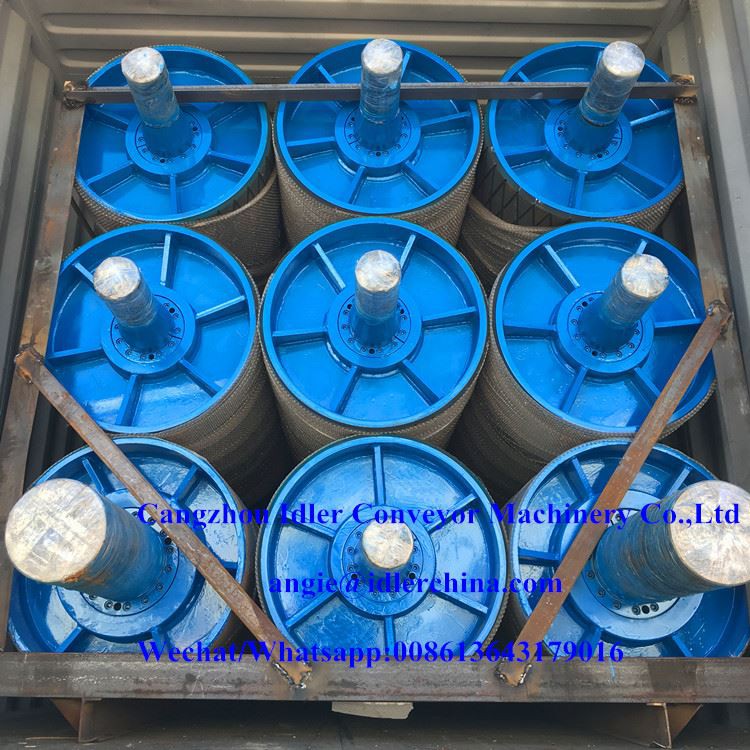 Afrikaans
Afrikaans  Albanian
Albanian  Amharic
Amharic  Arabic
Arabic  Armenian
Armenian  Azerbaijani
Azerbaijani  Basque
Basque  Belarusian
Belarusian  Bengali
Bengali  Bosnian
Bosnian  Bulgarian
Bulgarian  Catalan
Catalan  Cebuano
Cebuano  Corsican
Corsican  Croatian
Croatian  Czech
Czech  Danish
Danish  Dutch
Dutch  English
English  Esperanto
Esperanto  Estonian
Estonian  Finnish
Finnish  French
French  Frisian
Frisian  Galician
Galician  Georgian
Georgian  German
German  Greek
Greek  Gujarati
Gujarati  Haitian Creole
Haitian Creole  hausa
hausa  hawaiian
hawaiian  Hebrew
Hebrew  Hindi
Hindi  Miao
Miao  Hungarian
Hungarian  Icelandic
Icelandic  igbo
igbo  Indonesian
Indonesian  irish
irish  Italian
Italian  Japanese
Japanese  Javanese
Javanese  Kannada
Kannada  kazakh
kazakh  Khmer
Khmer  Rwandese
Rwandese  Korean
Korean  Kurdish
Kurdish  Kyrgyz
Kyrgyz  Lao
Lao  Latin
Latin  Latvian
Latvian  Lithuanian
Lithuanian  Luxembourgish
Luxembourgish  Macedonian
Macedonian  Malgashi
Malgashi  Malay
Malay  Malayalam
Malayalam  Maltese
Maltese  Maori
Maori  Marathi
Marathi  Mongolian
Mongolian  Myanmar
Myanmar  Nepali
Nepali  Norwegian
Norwegian  Norwegian
Norwegian  Occitan
Occitan  Pashto
Pashto  Persian
Persian  Polish
Polish  Portuguese
Portuguese  Punjabi
Punjabi  Romanian
Romanian  Russian
Russian  Samoan
Samoan  Scottish Gaelic
Scottish Gaelic  Serbian
Serbian  Sesotho
Sesotho  Shona
Shona  Sindhi
Sindhi  Sinhala
Sinhala  Slovak
Slovak  Slovenian
Slovenian  Somali
Somali  Spanish
Spanish  Sundanese
Sundanese  Swahili
Swahili  Swedish
Swedish  Tagalog
Tagalog  Tajik
Tajik  Tamil
Tamil  Tatar
Tatar  Telugu
Telugu  Thai
Thai  Turkish
Turkish  Turkmen
Turkmen  Ukrainian
Ukrainian  Urdu
Urdu  Uighur
Uighur  Uzbek
Uzbek  Vietnamese
Vietnamese  Welsh
Welsh  Bantu
Bantu  Yiddish
Yiddish  Yoruba
Yoruba  Zulu
Zulu pulley lagging rubber
Pulley Lagging Rubber Enhancing Efficiency and Durability in Conveying Systems
In the fast-paced world of material handling and conveyor systems, the role of efficient and reliable components cannot be overstated. Among these components, pulley lagging rubber has emerged as a critical element that significantly enhances the performance and longevity of conveyor systems. This article explores the importance of pulley lagging rubber, its types, benefits, and applications in various industries.
Understanding Pulley Lagging Rubber
Pulley lagging refers to the application of rubber or other materials to the surface of pulleys in a conveyor system. This lagging serves multiple purposes, including increasing friction between the pulley and the conveyor belt, protecting the pulley from wear and tear, and minimizing belt slippage. Without appropriate lagging, pulleys can become polished over time, leading to a decrease in efficiency and an increase in maintenance costs.
Types of Pulley Lagging Rubber
There are several types of pulley lagging rubber available, each suited for different applications and conditions
1. Smooth Rubber Lagging This is the most basic form of lagging and is used primarily in environments where the belt tension is low, and slippage is minimal. It provides a smooth surface that can help reduce material build-up and is easy to clean.
2. Textured or Diamond Pattern Lagging This type features a textured surface that increases the friction between the pulley and the belt. It is especially useful in applications where there is a high risk of slippage, such as inclined conveyor systems.
3. Ceramic Lagging For high-wear and high-temperature environments, ceramic lagging is an excellent option. The ceramic tiles embedded in the rubber provide even greater friction and durability, making them suitable for heavy-duty applications.
4. Sound-absorbing Lagging In situations where noise pollution is a concern, sound-absorbing rubber lagging can significantly reduce noise levels generated by the conveyor system. This is particularly relevant in facilities located near residential areas.
Benefits of Pulley Lagging Rubber
pulley lagging rubber

The use of pulley lagging rubber offers numerous advantages, contributing to the overall efficiency and effectiveness of conveyor systems
1. Enhanced Friction and Grip By increasing the surface area and improving the grip between the belt and the pulley, lagging minimizes slippage, ensuring that the material being transported moves smoothly without interruptions.
2. Protection Against Wear and Tear Rubber lagging acts as a protective barrier for the pulley, absorbing the impact of materials and reducing wear. This prolongs the life of the pulley and decreases the frequency of maintenance and replacement.
3. Reduced Downtime With proper lagging, the risk of slippage and wear-related failures is significantly lowered, leading to reduced operational downtime. This translates to improved productivity and cost-effectiveness.
4. Noise Reduction Lagging, particularly sound-absorbing types, can help reduce operational noise, creating a more pleasant work environment and meeting regulatory requirements for noise levels.
5. Customization Pulley lagging can be tailored to meet the specific needs of different applications. Customizable options available for thickness, texture, and material ensure that the lagging will perform optimally in its designated environment.
Applications Across Industries
Pulley lagging rubber is employed in various industries, showcasing its versatility and importance. In mining, it helps transport heavy materials efficiently while minimizing wear on pulleys. In agriculture, it aids in the movement of grains and other products, where slippage could result in significant losses. The manufacturing sector benefits from reduced downtime and maintenance costs, leading to smoother operations. Even in food processing, certain types of rubber lagging can meet hygiene standards, ensuring safe and efficient transport.
Conclusion
In conclusion, pulley lagging rubber is a vital component in the realm of conveyor systems, providing enhanced friction, protection, and durability. As industries continue to seek ways to improve efficiency and reduce costs, the importance of this seemingly simple material will only grow. Understanding the various types and benefits of pulley lagging will empower businesses to make informed decisions, ultimately leading to more productive and sustainable operations in the long run. Properly applied, pulley lagging rubber is an investment in the future of material handling.
-
Revolutionizing Conveyor Reliability with Advanced Rubber Lagging PulleysNewsJul.22,2025
-
Powering Precision and Durability with Expert Manufacturers of Conveyor ComponentsNewsJul.22,2025
-
Optimizing Conveyor Systems with Advanced Conveyor AccessoriesNewsJul.22,2025
-
Maximize Conveyor Efficiency with Quality Conveyor Idler PulleysNewsJul.22,2025
-
Future-Proof Your Conveyor System with High-Performance Polyurethane RollerNewsJul.22,2025
-
Driving Efficiency Forward with Quality Idlers and RollersNewsJul.22,2025





























